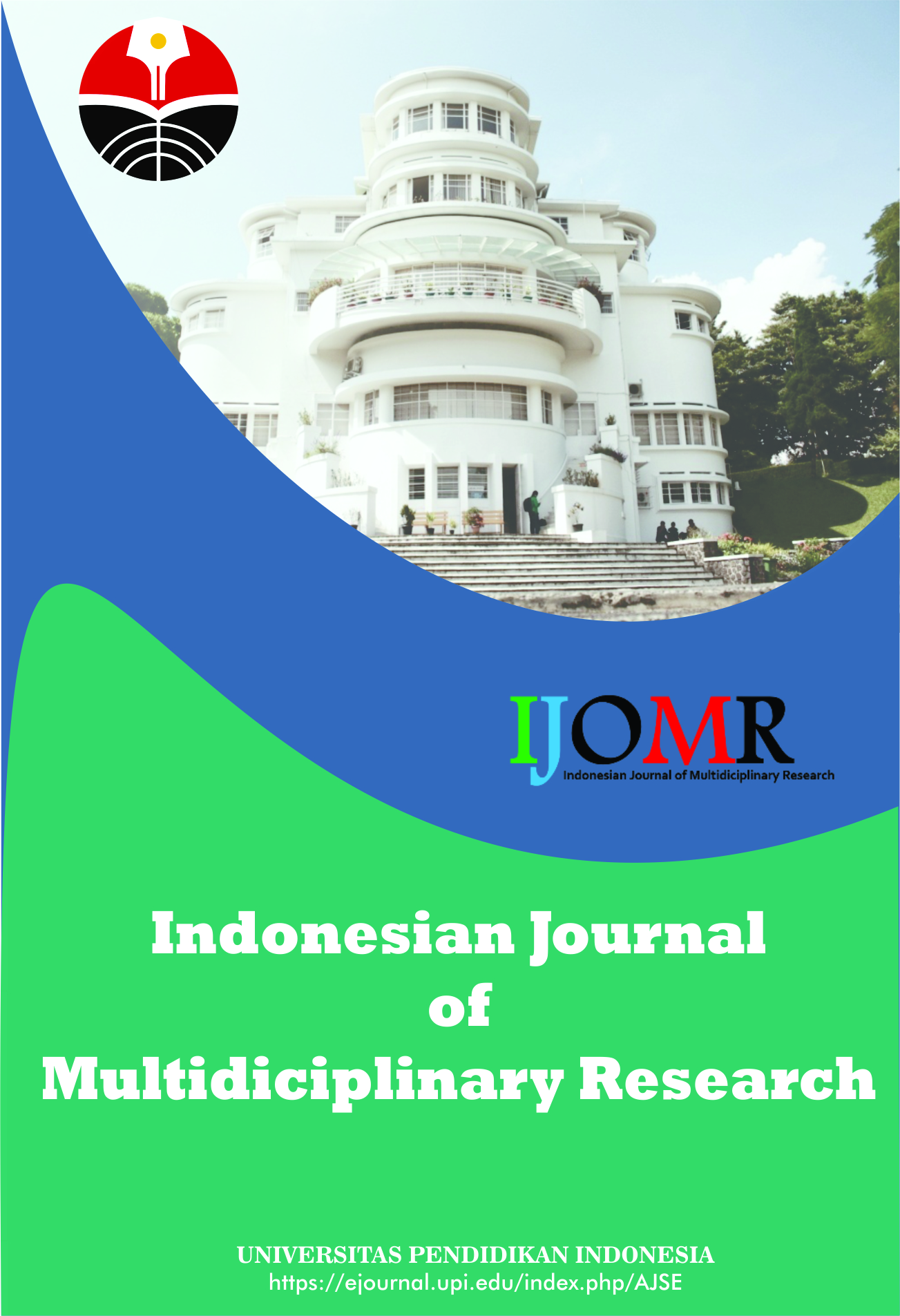Classroom Experiments using Phytochemical Analysis of Weed (Eleusine Indica)
Abstract
Keywords
Full Text:
PDFReferences
Desai, A. V., Patil, V. M., Patil, S. S., and Kangralkar, V. A. (2017). Phytochemical investigation of eleusine indica for in-vivo anti-hypertensive activity. International Journal of Innovative Science and Research Technology, 2(6), 405-416.
Devappa, R. K., Makkar, H. P., and Becker, K. (2011). Jatropha diterpenes: A review. Journal of The American Oil Chemists' Society, 88(3), 301-322.
Ettebong, E. O., and Nwafor, P. A. (2015). Antipyretic and antioxidant activities of Eleucine indica. The Journal of Phytopharmacology, 4(2015), 235-242.
Gupta, A., Naraniwal, M., and Kothari, V. (2012). Modern extraction methods for preparation of bioactive plant extracts. International Journal of Applied and Natural Sciences, 1(1), 8-26.
Ng, C. H., Wickneswary, R., Salmijah, S., Teng, Y. T., and Ismail, B. S. (2004). Glyphosate resistance in Eleusine indica (L.) Gaertn. from different origins and polymerase chain reaction amplification of specific alleles. Australian Journal of Agricultural Research, 55(4), 407-414.
Oyedeji, S., Raimi, I. O., and Odiwe, A. I. (2013). A comparative assessment of the crude oil-remediating potential of cynodon dactylon and eleusine indica. Environmental and Experimental Biology, 11(3), 145-150.
Tiwari, P., Kumar, B., Kaur, M., Kaur, G., and Kaur, H. (2011). Phytochemical screening and extraction: A review. Internationale Pharmaceutica Sciencia, 1(1), 98-106.
DOI: https://doi.org/10.17509/ijomr.v1i2.37816
Refbacks
- There are currently no refbacks.
Copyright (c) 1970 Kantor Jurnal dan Publikasi, Universitas Pendidikan Indonesia (UPI)

This work is licensed under a Creative Commons Attribution-ShareAlike 4.0 International License.
Indonesian Journal of Multidiciplinary Research (IJOMR) is published by Universitas Pendidikan Indonesia (UPI)















